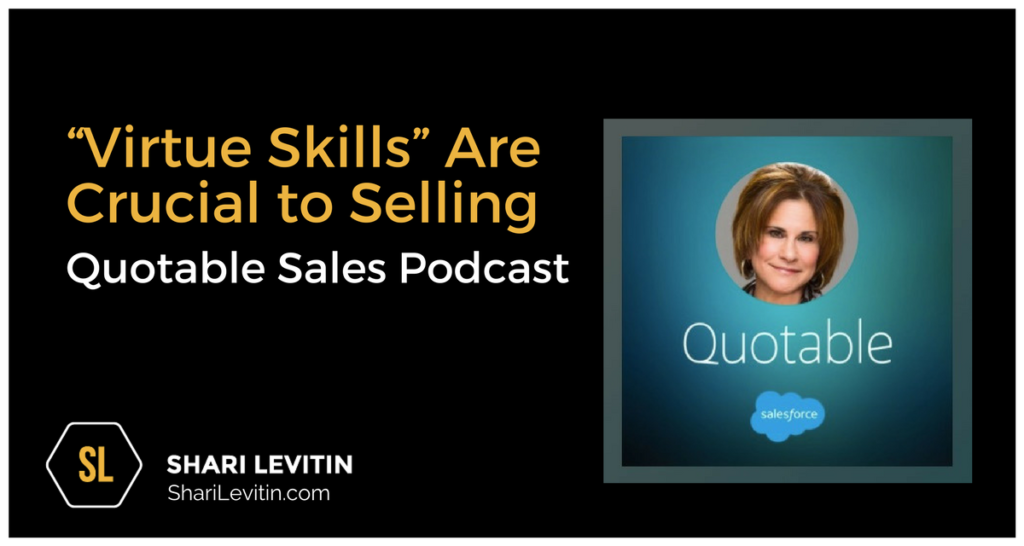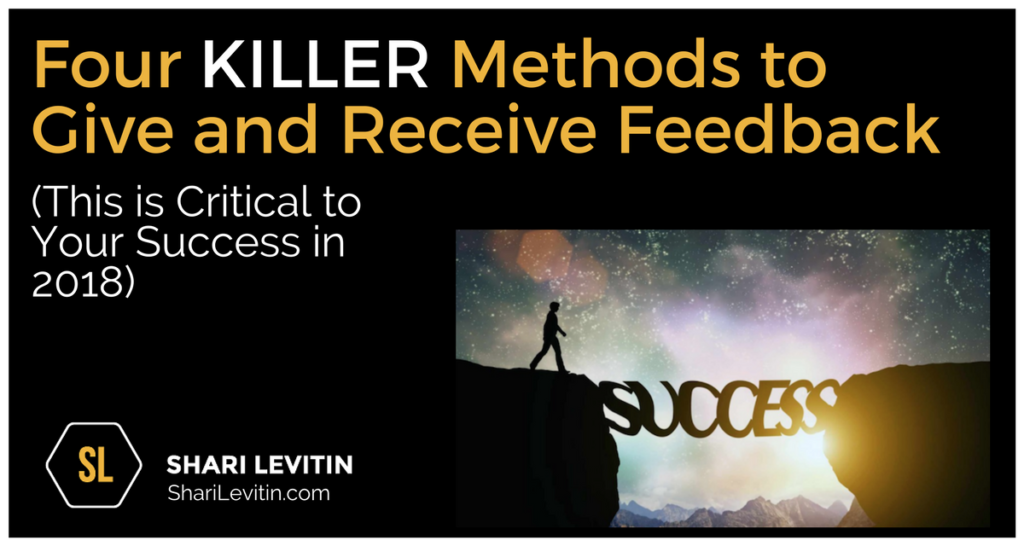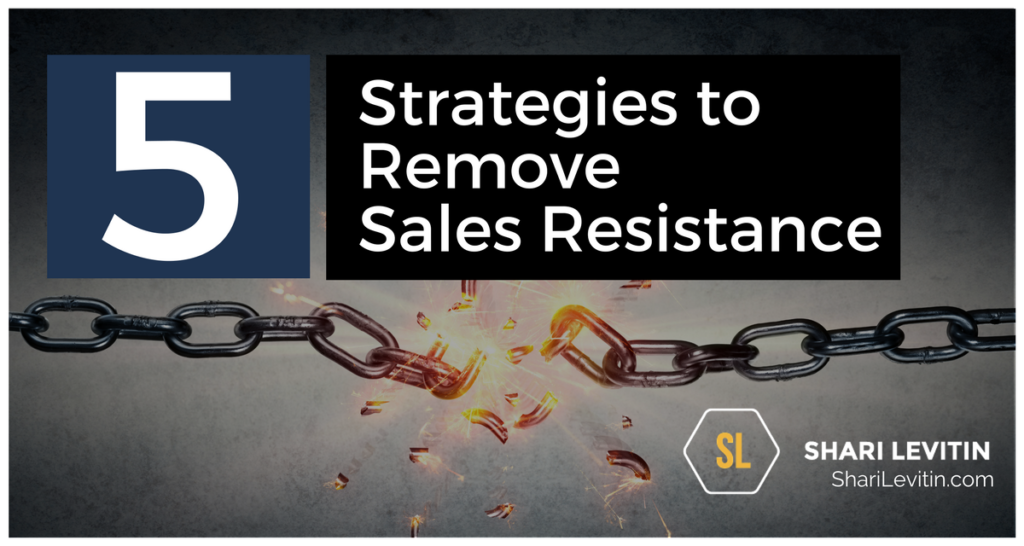
People have resisted salespeople since the beginning of time. Just as salespeople have a default mode, prospects do, too. Their automatic response is to say, “No way, José.” Face it. People don’t want to be sold. This sentiment is increasing as we live more of our lives online. According to Terry Jones, founder of kayak.com, 98% of all college students would rather purchase online. They avoid salespeople at all costs.
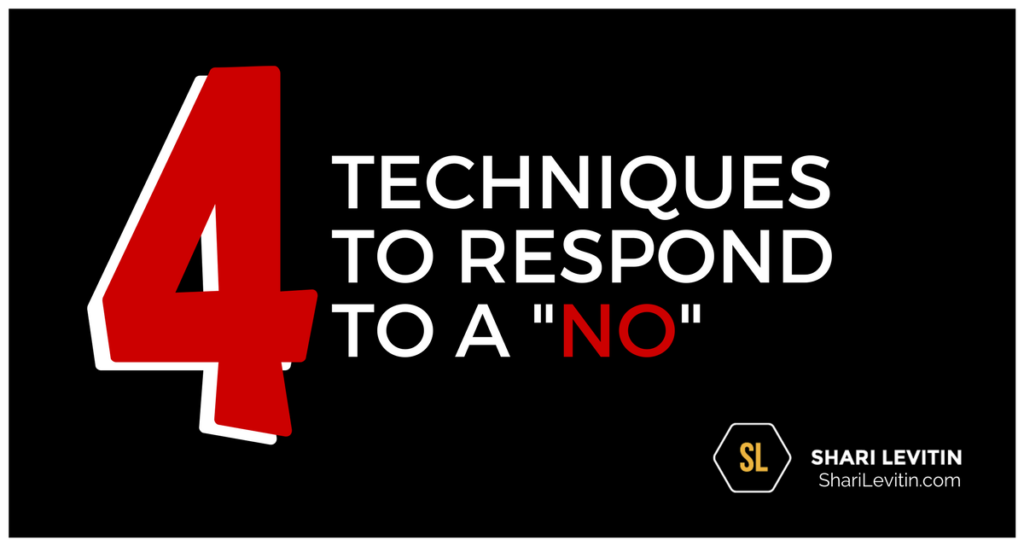
Have you ever landed a sale with no objections? I mean, not one “no”—or even an “I’m uncomfortable with this or that?” That’s not selling; that’s just taking an order. You might as well ask, “Do you want fries with that?” Objections are a critical part of your sales process. Objections mean your customer is interested.
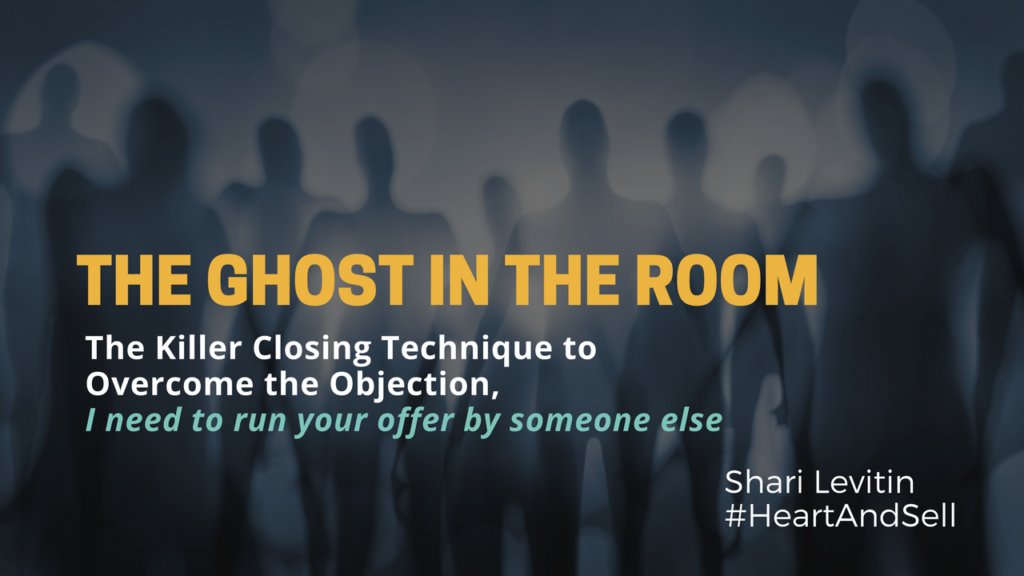
It happens all the time. You’re lucky enough to land a qualified prospect, you create strong rapport, your customer loves your product, the price is right. There’s just one problem. They need to speak with their brother (or mother, or doctor, or lawyer, or board members) about it. This brother, of course, is vacationing in Italy and can’t be reached. I call this third party “The Ghost in the Room.”

I was fascinated with the New York Times article, “The 36 Questions That Lead to Love” which references Mandy Len Catron’s Modern Love essay, “To Fall In Love With Anyone Do This.” Why do questions help us build heartfelt connection? And if 36 well-crafted questions can induce love, can 36 properly positioned questions lead to a sale?


